In this video, he shows how multithreading runs on physical(Intel or AMD) processor cores.
and
All these links basically say:
Python threads cannot take advantage of many physical cores. This is due to an internal implementation detail called the GIL (global interpreter lock) and if we want to utilize multiple physical cores of the CPU
we must use true parallel multiprocessing module
But when I ran this below code on my laptop
import threading
import math
def worker(argument):
for i in range(200000):
print(math.sqrt(i))
return
for i in range(3):
t = threading.Thread(target=worker, args=[i])
t.start()
I got this result
Questions:
1. Why did code run on all of my physical CPU cores instead of using one out of four physical cores of my
CPU? If so what is the point of multiprocessing module?
2. The second time, I changed the above code to create only one thread and that also took all of the CPU physical cores and took 4/4 physical cores to run.Why is that?
